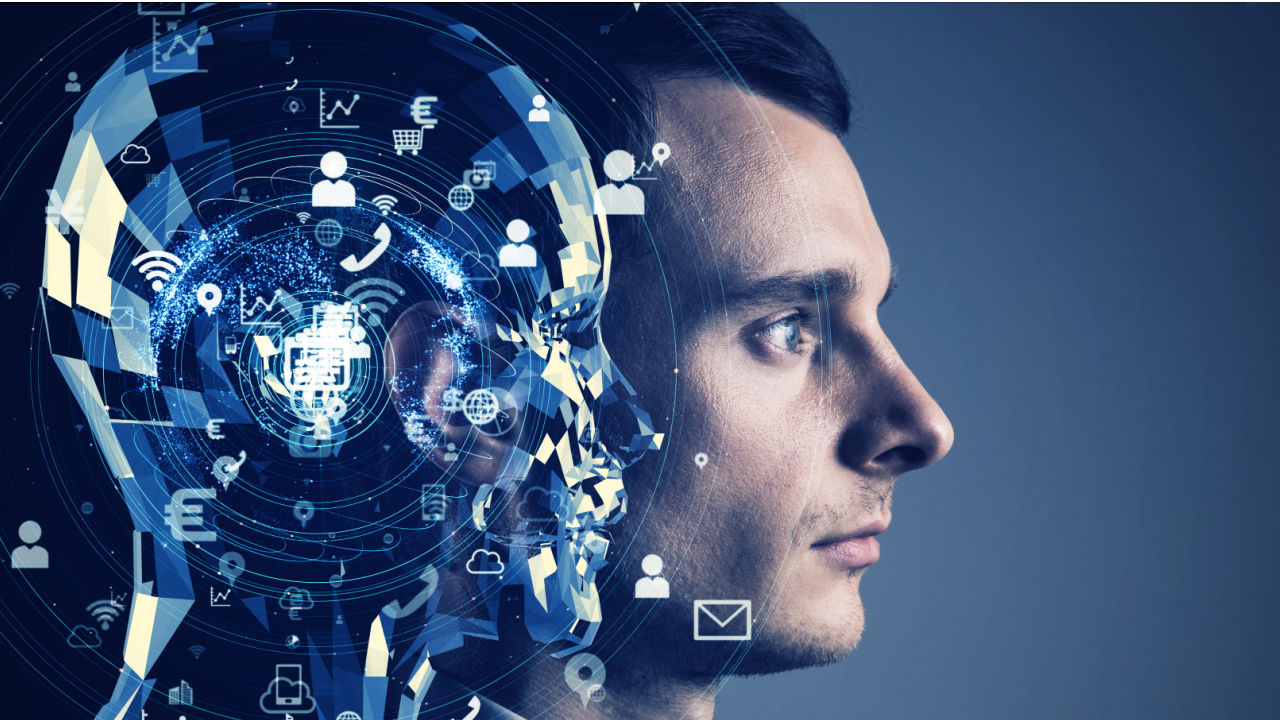What is Artificial Intelligence?
 Gift Ayodele
Gift AyodeleTable of contents

Artificial Intelligence (AI) is a fascinating and rapidly evolving field of computer science that focuses on creating machines capable of performing tasks that typically require human intelligence. It’s about making machines "smart" enough to think, learn, and even make decisions based on data.
Think of AI like teaching a computer to mimic how humans learn from experience. Just like we get better at tasks with practice, AI systems improve their performance by analyzing data and learning patterns.
Types of AI:
Narrow AI (Weak AI): This is the most common form of AI today. It is designed to perform specific tasks such as voice assistants like Siri or Alexa, facial recognition systems, and recommendation algorithms used by Netflix and Amazon. Narrow AI operates within a pre-defined range of functions and can’t perform tasks outside its programming.
General AI (Strong AI): This is the AI you see in science fiction movies – machines that can think, reason, and make decisions just like a human. While it’s not something we have today, the goal of General AI is to develop machines that can solve problems and learn from experiences, just like we do.
Superintelligence: Superintelligence is a theoretical AI that surpasses human intelligence. It could outperform humans in nearly every cognitive task. This idea raises ethical concerns about AI control and potential risks to humanity.
How Does AI Work?
AI functions through algorithms, which are step-by-step processes that tell a machine how to accomplish specific tasks. These algorithms learn from data—lots of it. AI systems can be trained using different approaches, such as:
Machine Learning (ML): A subset of AI where algorithms are fed large amounts of data and are trained to identify patterns, make decisions, or predict future outcomes. For example, a machine learning algorithm could be trained to detect spam emails.
Deep Learning: A more advanced form of machine learning that mimics how the human brain works. It uses artificial neural networks to process information in a way that is similar to the way neurons interact in our brains. Deep learning is what powers image recognition software, autonomous driving systems, and more.
Natural Language Processing (NLP): NLP is a part of AI that allows computers to understand, interpret, and respond to human language. Examples include chatbots and virtual assistants that can answer questions or perform tasks.
Where Is AI Used?
AI is already part of everyday life. Here are a few examples:
Healthcare: AI systems can analyze medical images, help diagnose diseases, and recommend treatments.
Finance: AI powers fraud detection systems, automates trading, and improves customer service through AI-powered chatbots.
Entertainment: Recommendation systems on platforms like Netflix, Spotify, and YouTube use AI to suggest content based on your past behavior.
Self-driving Cars: Companies like Tesla and Google are developing AI for autonomous vehicles, where cars can navigate, make decisions, and drive themselves.
The Future of AI
AI is expected to continue transforming industries and everyday life. Advances in AI could lead to more sophisticated robotics, personalized healthcare, and smarter infrastructure. However, with great power comes responsibility, and it is important to manage AI's ethical implications, like job displacement, privacy concerns, and the potential for misuse.
For more resources on how AI works, check out W3Schools' Introduction to AI.
Subscribe to my newsletter
Read articles from Gift Ayodele directly inside your inbox. Subscribe to the newsletter, and don't miss out.
Written by
